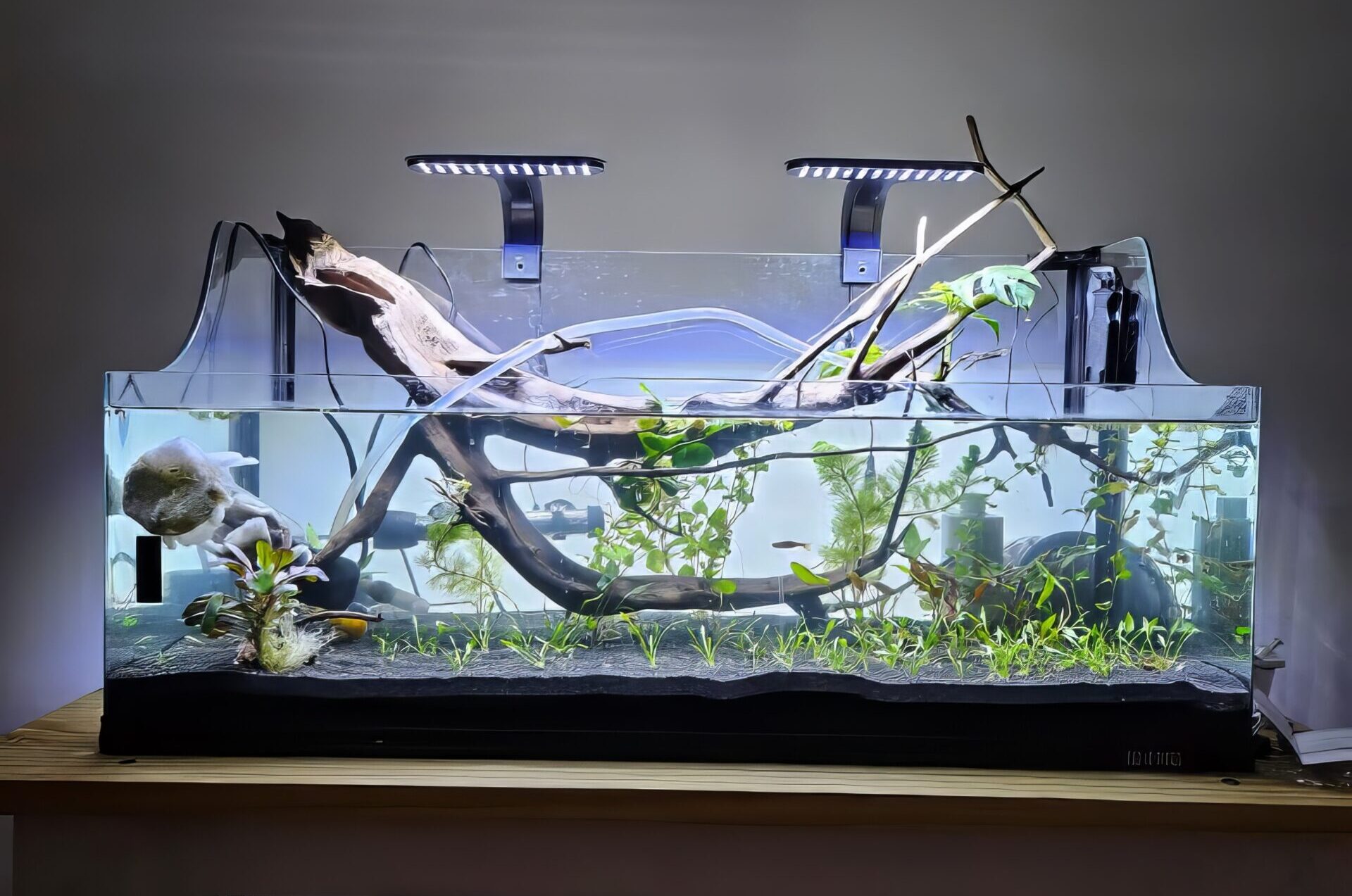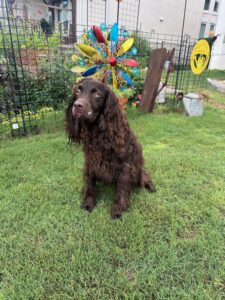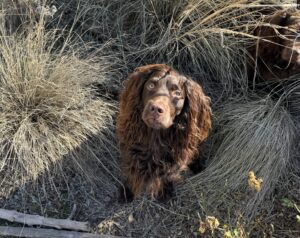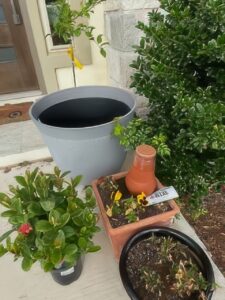This week on the MaryBird’s Backyard Garden Podcast we invited our son, Greg, to introduce us to his natural aquarium. Earlier this year he shared a picture with us which caught my interest because it was so beautiful. We kind of knew he was enjoying his adventure into this very low maintenance set up and it opens the door to a variety of plants to grow; as well as living fish and water creatures.
What is a Natural Aquarium?
I did a little exploring online to learn more information about setting up a natural aquarium and found a veritable rabbit hole to wander around in. I believe aquariums have captured our interest far back into antiquity where people captured fish and kept them in a bowl like configuration to eat at a later date. I can remember the stories my dad told of keeping catfish in the cellar of their farmhouse to feed corn and eat during the year. Of course he could have been pulling my leg but I have seen the small pool in the cellar floor. Hmmmm…. Anyway, the aquarium as many would commonly think of it as an artificial environment fledged out in France, England and Germany with varying success rates.
The next step leading to natural aquariums began in the 1930s in the Netherlands with Aquascaping. This form of an aquarium is seeking to display the balance of form and function by carefully placing each item in the tank with an art centered eye while creating the correct biological balance needed for living elements in the tank. Where a traditional aquarium will show focus on the fish you are keeping, the aqua scape begins to accent with fish in order to enhance function.
This leads us to Greg’s 55 gallon natural aquarium or aqua scape. He gathered a lot of information from watching Father Fish on Youtube. Very informative man named Lou Foxwell. This natural tank set up is created by having a 2-3 inch layer of “soil”, (Greg sourced his base layer from Father Fish) and covering the “soil” with a good layer of sand or gravel. I am thinking 3-4 inches of the sand. I get the impression you want the sand to cover up the gravel as well. My theory is this keeps the water from becoming murky. These two layers are the beginning nutrient source for the plants you will place directly into the bottom layer. Importantly, your first two layers will act as one aspect of the titration system in your tank.
Greg has included living plants that he sourced from his local aquarium store. He uses a variety of plants placed in the soil layer and some plants that free float in the water. I think a heavy inclusion of plants is beneficial to the tanks system. So what I am understanding is there is aa symbiotic relationship between the plants, soil and aquatic creatures to provide the filtration and food cycle in the aquarium which means that as your tank becomes self sufficient you feed in small amounts. Greg said he feeds a small amount about once a week. He is including several fish in his tank as well. I think he has Tiger Barbs, Gouramis and Danios as well as Catfish which feeds along the bottom.
Greg told us he needed to use a water conditioner when filling the tank or adding water due to evaporation as his water contains high amounts of chlorine from the tap but it is an easy solution and readily available at pet stores.
This system has been going strong for several months and is giving his family lots of fun watching over it.
I feel really inspired to give it a try someday and I know Jeff would love to include a palindarium housing frogs in the mix.
Oh yes, Greg uses two aquarium lights to aid in the growth of his plants. He also has a grow light that gives extra light to the pothos ivy he attached to a log placed in his aqua scape. He gave us permission to share his set up with you and I find it beautiful.
You can find a description of several people building natural aquariums on the Aquarium Science Website under 15.16 Natural Aquarium.
What’s Going on in the Garden?
This week has the Purple Coneflower (Echinacea purpera) beginning to bloom. They always surprise me with their color. We are also getting glorious color for the second time this year from the Bubba Desert Willow (Chilopsis linearis) with its Hummingbird attracting purple blooms. Another second act is coming in from the Italian Ice Rose that was planted last year. I truly thought that it had croaked from all the heat of the summer but this spring has been a true delight. This rose is an Oso Easy rose from Proven Winners and has changing colors during the flowers life.
I am excited to share that I experimented a little with a sweet potato from the grocery. You know sometimes it is fun to dabble about with plants and I have started some sweet potato slips by taking a one gallon nursery container and filling it with potting mix. Then I stuck one half (the half that most looked to be where the roots came out) in the potting mix. Then these containers went into the garden where they got morning sun and afternoon shade and I watered them a bit. Mostly we have actually had rain this year. Well, I have indeed grown sweet potato slips and now have to find out how to plant them. Thrilling!
The last note I want to share with you is the Yard Long Beans. I am so happy to tell you that they are beginning to bloom and produce those beans. We tried three beans this last week and the flavor is excellent. I think these early beans are the Chinese Red Noodle seeds available from Baker Creek seeds. Wow! They packed a lot of flavor and I am sure we picked them a bit on the early side. We are getting lots of beautiful flowers and I am looking forward to growing these beans through the summer because they can take the heat well.
That’s all my news for this week and I have enjoyed sharing Greg’s Natural Aquarium with you all.
Happy Gardening, MaryBird
“Flowers are the music of the ground from earth’s lips spoken without sound.” By Edwin Curran

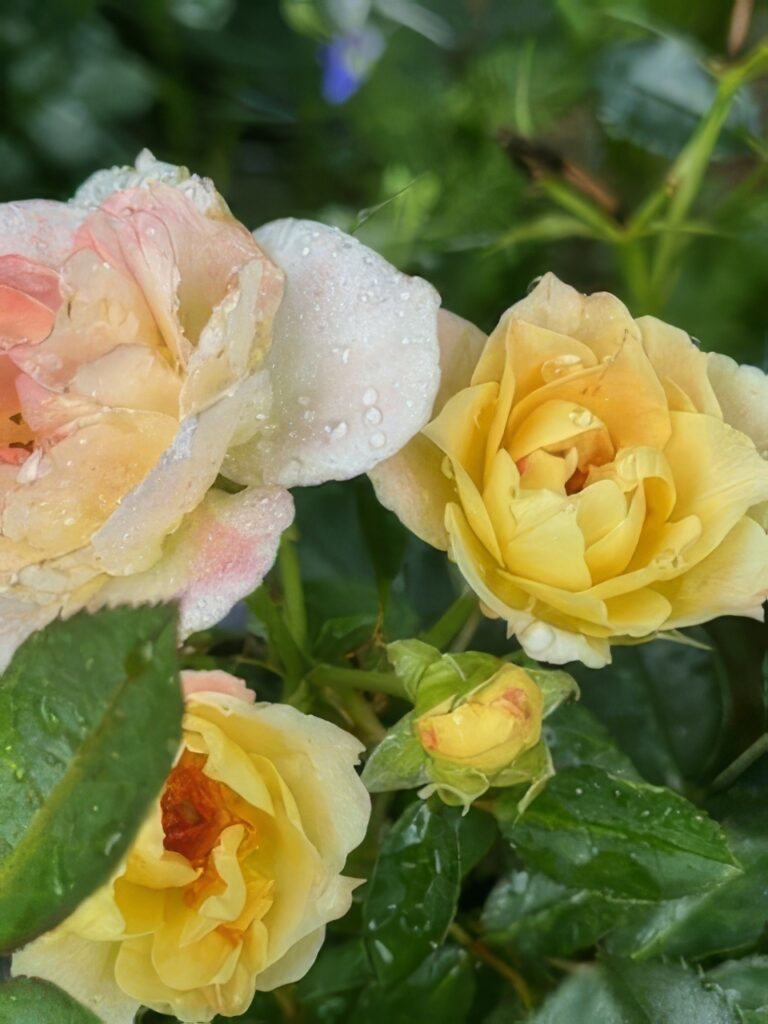
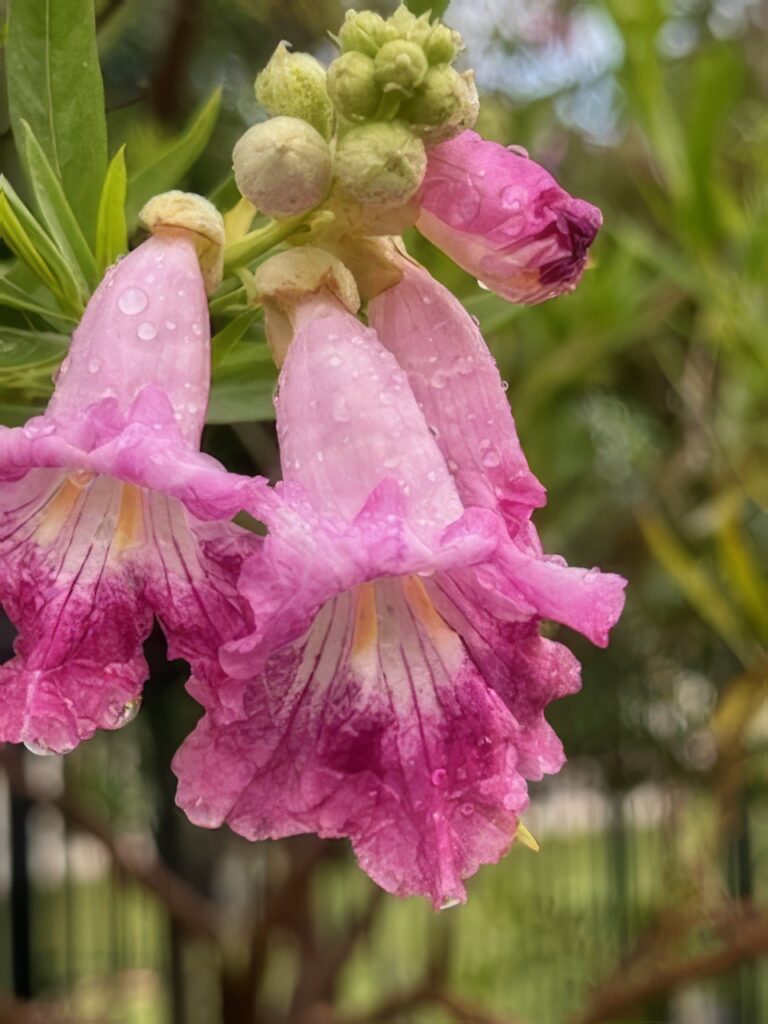

References
- Father Fish You Tube channel
- Online: Aquarium Science Website; 15.16. Natural Aquarium
- Online: Buceplant; The Origins of Aquascaping
- Online: UK Aquatic Plant Society

